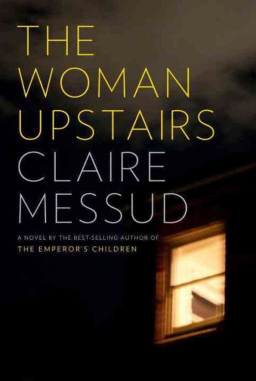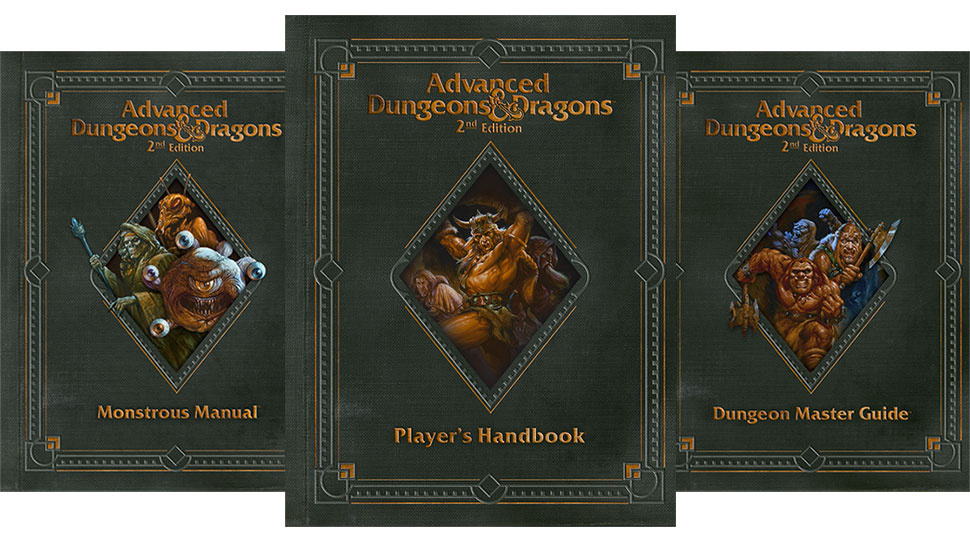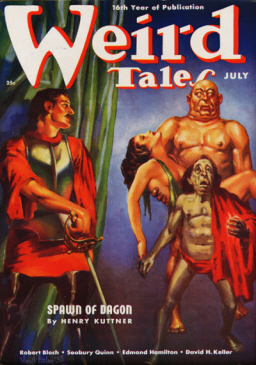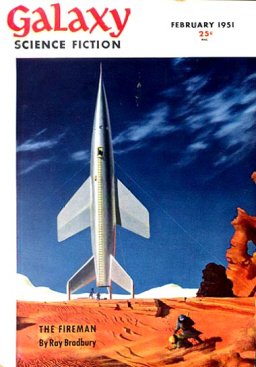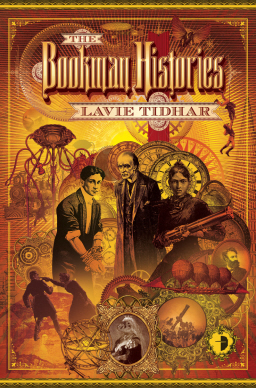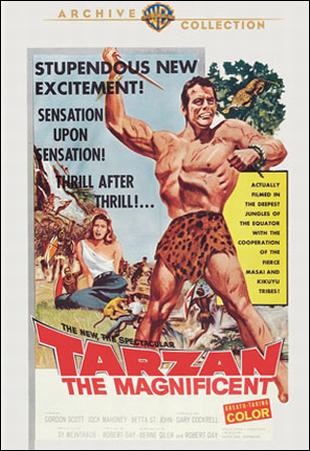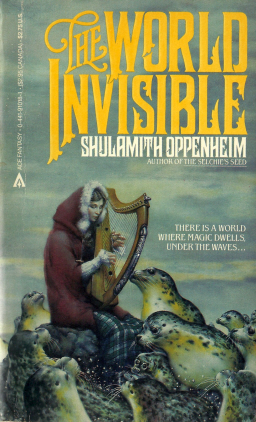New Treasures: The Rithmatist by Brandon Sanderson
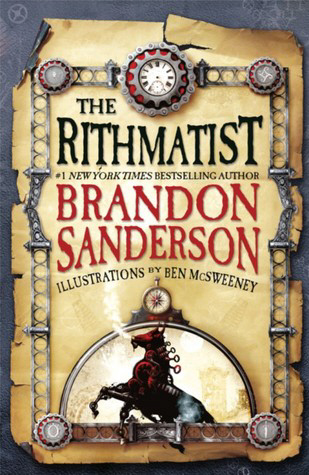 Brandon Sanderson is one of the hardest working writers in the business — and one of the most successful.
Brandon Sanderson is one of the hardest working writers in the business — and one of the most successful.
It’s not unusual for a prolific novelist to release a book a year. What is unusual is to consistently beat that pace while producing highly acclaimed, massive fantasy epics.
Just consider the last few years — starting with the 688-page Warbreaker (2009), which our reviewer Charlene Brusso called “the cure for trilogy fatigue” (not to be outdone, our Reviews Editor Bill Ward also noted that portions “approach the compulsive readability of the best page-turners.”)
A year later, Sanderson released the 861-page Wheel of Time novel Towers of Midnight, written from Robert Jordan’s notes. The same year (!), his massive 1,008-page novel The Way of Kings won the 2011 David Gemmell Legend Award (our review is here.)
In 2011, it was the new Mistborn novel The Alloy of Law; in her review Charlene said it was “full of neat ideas, crackling dialogue, and a very big helping of dry wit.”
In 2012, Sanderson published the unusual science fantasy The Emperor’s Soul, from Tachyon Publications.
That’s not even including the various short fiction and novellas he published during the same period — or the two complete novels in his juvenile fantasy series, Alcatraz Versus the Knights of Crystallia (2009) and Alcatraz Versus the Shattered Lens (2010).
Seriously, I’m getting tired just typing all the titles. How does he do it?
Moving into 2013, Sanderson’s first release was the 912-page A Memory of Light in January (our coverage here); he also has the upcoming science fiction novel Steelheart in September.
That’s not all, of course. His third 2013 book is the just-released The Rithmatist, a comparatively short (for Sanderson) 372 pages. For those not doing the math at home, that brings his published page count for the year to 1,696 — down from 2,173 in 2010, but we try not to judge.
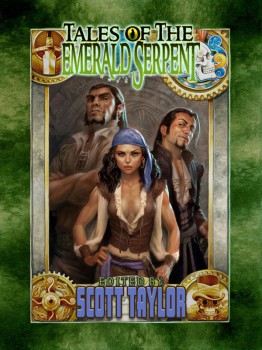 We presented nearly 100 new articles on the Black Gate blog last month, covering virtually every aspect of fantasy — from Kickstarter to Red Sonja , Space: 1999 to exotic food.
We presented nearly 100 new articles on the Black Gate blog last month, covering virtually every aspect of fantasy — from Kickstarter to Red Sonja , Space: 1999 to exotic food.